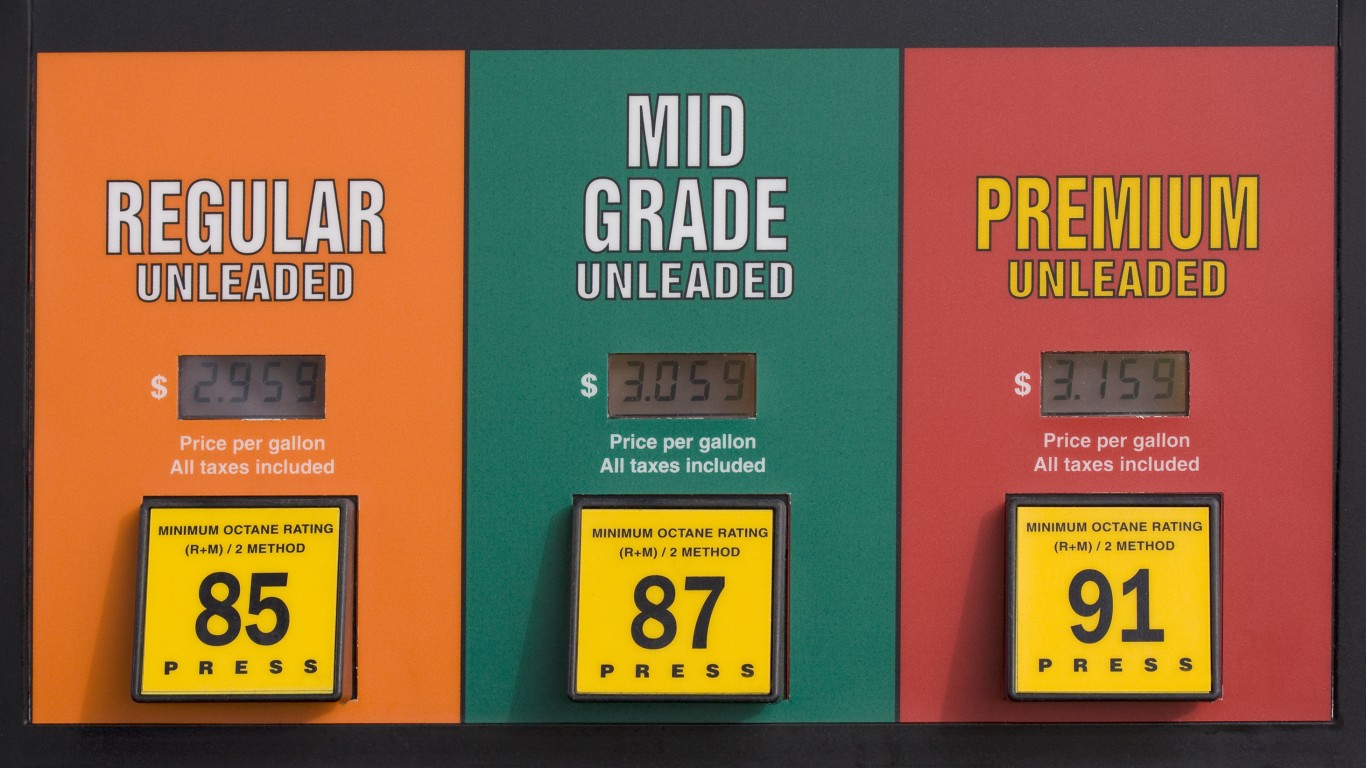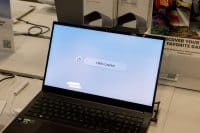
When Marathon Oil Corp. (NYSE: MRO) reported fourth-quarter earnings after markets closed last Wednesday, investors couldn’t wait to jump ship. The stock closed at $7.41 on Wednesday, $6.93 on Thursday and $6.73 on Friday, down more than 9% even though the company beat revenue estimates and met earnings per share estimates.
The stock regained nearly half that loss in the first half-hour of trading on Monday. What probably cost Marathon shareholders last week was the company’s forecast for 2016 capital spending to $1.4 billion, a drop of 50% from 2015 capex. Investors were no doubt wondering if the 50% cut was enough.
Also Monday morning, analyst Lloyd Byrne at Nomura reiterated his Buy rating on the stock and his price target of $13 a share. He notes that the debate among Marathon shareholders mostly has to do with cash flow and how a company will use cash: to continue funding capex at current futures prices by maintaining core assets, including key staff, and how will that affect existing shareholders?
Byrne expects cash flow from operations of about $630 million in 2016. Figuring in the capex forecast and about $136 million in dividend payments, the analysts see full-year deficit of $900 million. How Marathon manages that shortfall means a great deal to existing stockholders.
Marathon has $1.2 billion in cash on hand and an untouched $3 billion line of credit through 2020. The company has targeted asset sales in the range of $750 million to $1 billion by May 2016, an increase from an earlier target of $500 million. How the company’s assets are valued given current market conditions could be the deciding factor here.
If Marathon can’t sell at what it deems a reasonable price, then it may find itself issuing more equity. Existing shareholders never like that, and Marathon CEO Lee Tillman did not take the possibility of an equity issue off the table. But given the experience of other industry players (think Kinder Morgan), issuing more stock has got to be way down the list of how to raise cash.
Byrne’s conclusion:
Hence, timing and price of the asset sales becomes critical. If MRO believes sales are coming to fruition and “bearable” prices can be fetched, utilizing its existing liquidity is far more shareholder friendly. Cutting capex again and G&A further must also be on the table.
We believe MRO’s asset quality (driven by onshore Oklahoma, EF and Bakken) is better than the market believes, but it is not a market focus today. Today, the focus is on management’s ability to most economically (long and short term) manage the [cash flow] gap, and to protect the existing shareholder.
Marathon’s shares traded up as much as 6% Monday morning, at $7.14. The stock’s 52-week range is $6.52 to $31.53, and the consensus price target on the stock is $14.40, according to MarketWatch.
Take Charge of Your Retirement: Find the Right Financial Advisor For You in Minutes (Sponsor)
Retirement planning doesn’t have to feel overwhelming. The key is finding professional guidance—and we’ve made it easier than ever for you to connect with the right financial advisor for your unique needs.
Here’s how it works:
1️ Answer a Few Simple Questions
Tell us a bit about your goals and preferences—it only takes a few minutes!
2️ Get Your Top Advisor Matches
This tool matches you with qualified advisors who specialize in helping people like you achieve financial success.
3️ Choose Your Best Fit
Review their profiles, schedule an introductory meeting, and select the advisor who feels right for you.
Why wait? Start building the retirement you’ve always dreamed of. Click here to get started today!
Thank you for reading! Have some feedback for us?
Contact the 24/7 Wall St. editorial team.
 24/7 Wall St.
24/7 Wall St.



